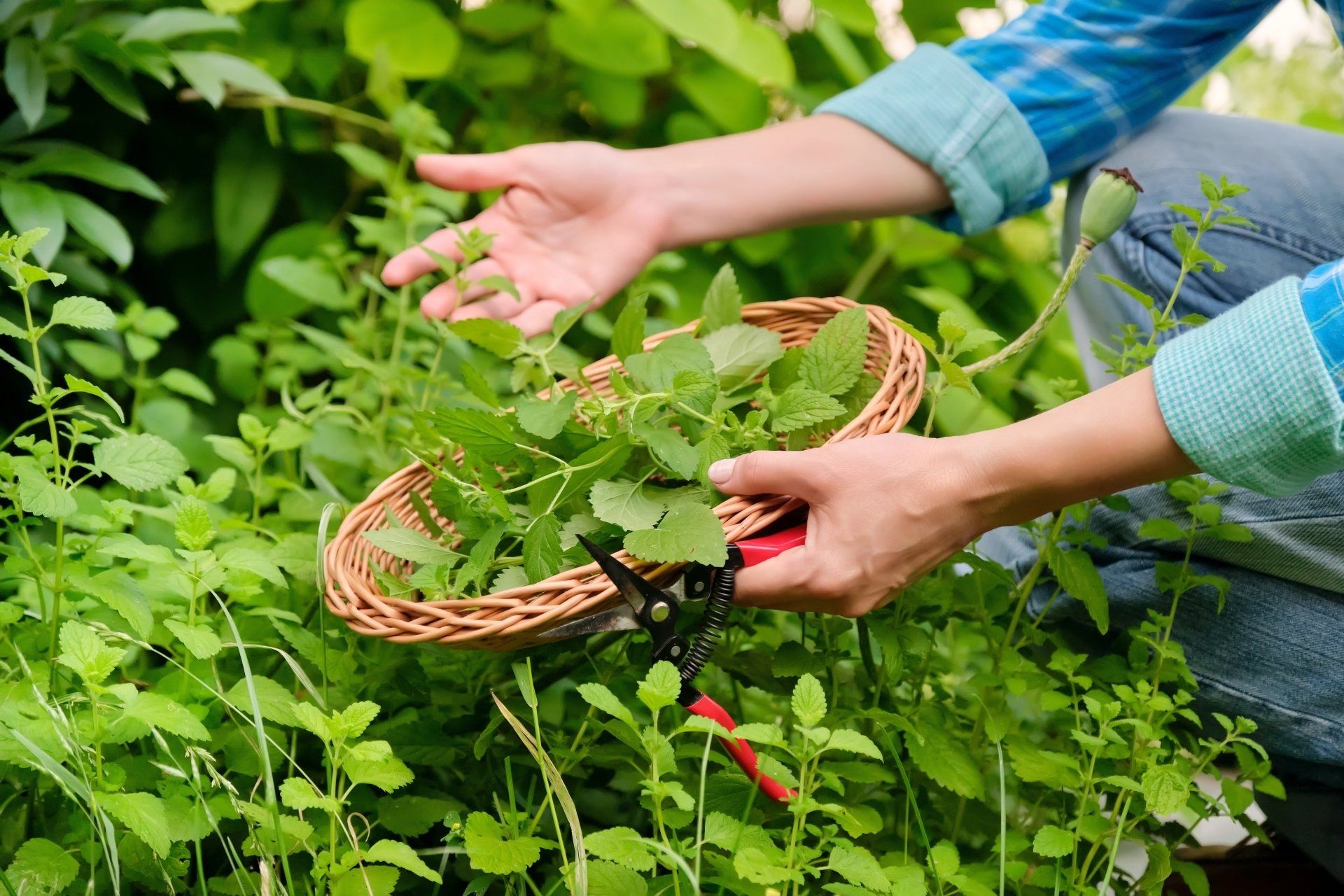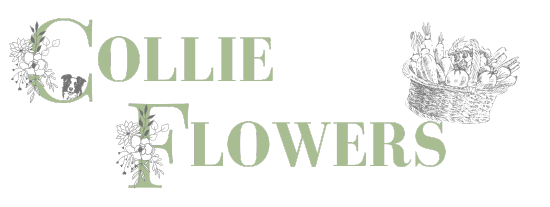Lemon Balm
KEY INFORMATION
Height: to 50cm
Spread: to 45cm
Hardy perennial
Full Sun
Germination: 14 - 21 days
Harvest: From 8 weeks
VARIETIES AVAILABLE FROM COLLIE FLOWERS
SOWING & GROWING SCHEDULE
Sow Undercover: March to April
Sow Outdoors: May
Plant Out: June
Harvest: all year round

Growing Guide
A bushy herb that resembles mint in appearance, with an invigorating lemon scent when the leaves are crushed. The aromatic foliage can be used to make refreshing lemon balm tea or added to soups and oils for a tangy lemon flavour. Lemon balm flowers are particularly attractive to bees giving rise to its other name, bee balm.
Sow lemon balm indoors from late March to April on the surface of a good seed compost and cover with a sprinkling of compost or vermiculite. Place the seed tray in a propagator or seal it inside a polythene bag. Keep the compost slightly dry at all times. Do not exclude light as this aids germination.
When seedlings are large enough to handle, transplant and grow them on in cooler conditions until large enough to plant outdoors When plants are well grown and all risk of frost has passed, acclimatise them to outdoor conditions over 7 to 10 days. Transplant outdoors in full sun on any moist, well drained soil at a distance of 30cm. Lemon balm plants will tolerate poor soils. This herb is vigorous, but growing lemon balm in containers will help to restrict its growth.
Sow outdoor in May in drills keeping watered if dry. Germination may be erratic. Thin out or transplant when large enough to handle. Grow in good soil, preferably in a sunny position.
TOP TIPS
Harvest fresh leaves for drying at any time. Pick young leaves before the sun gets too hot. Lemon balm can be used to make a simple salad dressing for fresh spring greens. Mix 12 lemon balm leaves with 1/3 of a cup of olive oil, 3 tbsp of rice wine vinegar and salt & pepper.
